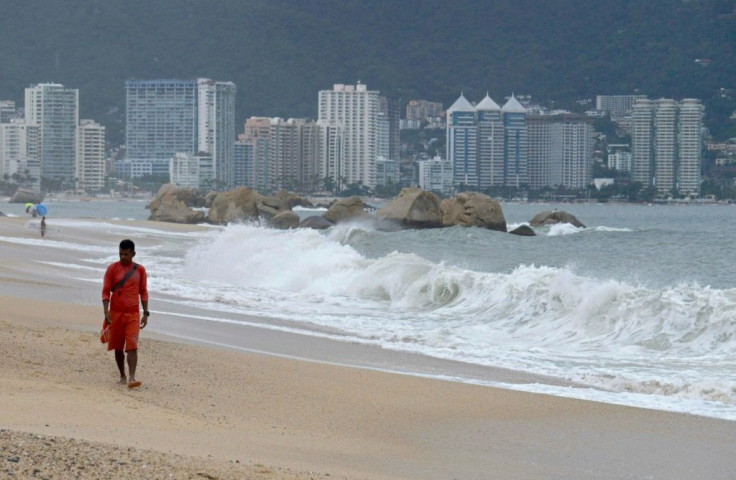13-Foot-Long Oarfish Washed Up On Mexico Beach, Viral Video Sparks Fear Of 'Great Earthquake'

A massive 13-feet long carcass of an oarfish washed up on a Mexican beach. The dead sea creature was spotted in Baja California’s Pichilingue Bay by an aquaculture engineer and his friend.
Fernando Cavalin and David de Zabedorsky found the eel-like fish on Sunday and a video of the creature went viral after it was shared online recently. The short clip shows Fernando and David standing at least a meter apart while they hold the fish in the shallow water.
“A fish’s protein is never wasted and there are other organisms which could take advantage of ti for their consumption,” Cavalin told local media.
3-meter oarfish appears on Baja California Sur beach pic.twitter.com/nWrskO1Ytm
— Yes E. Bautista (@Yesiiiii_hot) July 21, 2020
The sighting of the fish sparked fears of an impending earthquake among the locals as the same species was spotted just before the deadly Fukushima earthquake that hit Japan in 2011. Prior to Japan’s catastrophic earthquake, there was an unusual number of slender oarfish which appeared from December 2009 to March 2010 and many of these fish washed up on the beaches. However, there is no scientific evidence that these Giant Oarfish have any connection to earthquakes, but the myth still continues.
A user wrote, “It is said that they go out when they see a great earthquake, and it is bad luck for those who find them, they are generally dead and do not kill them.”
Another user wrote: “These fish only come to the surface when something very bad is about to happen, it has always been like this."
According to the Florida Museum of Natural History, the oarfish, whose scientific name is Regalecus glesne, can grow more than 30 feet long, and weigh up to 600 pounds. It is the longest bony fish in the world and feeds on plankton, squid and crustaceans. The oarfish typically live at depths of 700 to 3,000 feet. Scientists think that storms or strong currents can push injured fish into shallow waters where they often die rather than it being related to an impending seismic disaster.
© Copyright IBTimes 2025. All rights reserved.





















